1-28-18
Just about everyone on this planet uses plastic products and is vaguely familiar with the different types. We don’t tend to be as familiar with which types of plastic are safe for us to interact with, and which kinds we need to look out for. With this guide, you can find out which plastics are safer to use and which to stay away from.
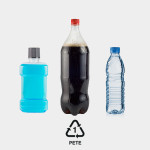 Commonly found in beverage bottles (bottled water, juice, sports drinks, salad dressing) and other thin plastics, like microwaveable food trays. Polyester fabric can be found in clothing, linens, carpets, padding and insulation.
Commonly found in beverage bottles (bottled water, juice, sports drinks, salad dressing) and other thin plastics, like microwaveable food trays. Polyester fabric can be found in clothing, linens, carpets, padding and insulation.
Safe? Mostly. In its bottle form, you should refrain from using plastic #1 more than once, because it wears down quickly, and collects germs and toxins over time. Because its structure becomes porous as it ages, such germs and toxins cannot be washed off. Additionally, several studies have shown that antimony leaches from this kind of plastic, and some suggest that the leaching may even reach dangerous levels. To avoid risk of exposure, you should never microwave plastic #1 or leave it in hot places, such as out in the sun or in a car. Heat triggers the antimony to leach from the plastic.
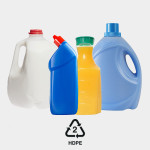 A sturdy, flexible plastic, found in milk cartons, detergent containers and squeezable bottles, and also thinner items such as plastic bags and freezer bags.
A sturdy, flexible plastic, found in milk cartons, detergent containers and squeezable bottles, and also thinner items such as plastic bags and freezer bags.
Safe? As far as we know. There are no known health hazards related to household exposure to plastic #2.
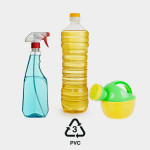 This plastic can be sturdy and thick, found in window cleaning bottles, cooking oil bottles, clear food containers, shower curtains, blinds, flooring, pipes, children’s toys and blister pack/clamshell packaging. It can also be thin, such as crystal/cling wrap and deli meat wrap.
This plastic can be sturdy and thick, found in window cleaning bottles, cooking oil bottles, clear food containers, shower curtains, blinds, flooring, pipes, children’s toys and blister pack/clamshell packaging. It can also be thin, such as crystal/cling wrap and deli meat wrap.
Safe? No. PVC is known to leach various toxic chemicals, such as pthalates, dioxins, BPA and more. These can cause hormone disruption, cancer, reproductive disorders and developmental disorders. Avoid products made from PVC or vinyl whenever possible.
 Another flexible plastic, often found in plastic bags, squeezable bottles and food storage containers.
Another flexible plastic, often found in plastic bags, squeezable bottles and food storage containers.
Safe? As far as we know. There are no known health hazards related to household exposure to plastic #4.
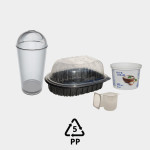 A thicker plastic, often found in yogurt and margarine tubs, ketchup and syrup bottles, bottle caps, food storage containers, Brita filters, medicine containers, storage bins and diapers/sanitary pads.
A thicker plastic, often found in yogurt and margarine tubs, ketchup and syrup bottles, bottle caps, food storage containers, Brita filters, medicine containers, storage bins and diapers/sanitary pads.
Safe? As far as we know. There are no known health hazards related to household exposure to plastic #5.
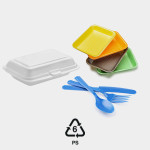 Most often we encounter polystyrene in the form of foam products, such as foam plates and cups, to-go containers, packing peanuts and meat trays. Occasionally we see it in higher density plastic items such as CD cases, aspirin bottles and plastic plates.
Most often we encounter polystyrene in the form of foam products, such as foam plates and cups, to-go containers, packing peanuts and meat trays. Occasionally we see it in higher density plastic items such as CD cases, aspirin bottles and plastic plates.
Safe? Probably not. Plastic #6 possesses a known neurotoxin and potential carcinogen called styrene, and it leaches out of foam containers when contents are hot, fatty or acidic. This isn’t ideal for tea or takeout food, so it’s best to avoid these containers if you can, or transfer contents to other containers when you get home. Since the 1980s, we’ve all had polystyrene in our bodies, but too much of it can cause neural conditions and genetic damage. High levels of styrene exposure have also been linked to reproductive failure and lymphoma. Polystyrene can additionally leach a carcinogen called benzene, though at less dangerous levels.
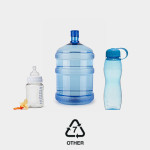 This symbol includes any plastic that isn’t plastics #1-#6. Plastic #7 is used for an array of products because it is a catch-all category and includes many resins. Most commonly it is used in reusable water bottles and water jugs.
This symbol includes any plastic that isn’t plastics #1-#6. Plastic #7 is used for an array of products because it is a catch-all category and includes many resins. Most commonly it is used in reusable water bottles and water jugs.
Safe? Maybe not. One plastic #7, polycarbonate, leaches a toxin called BPA that mimics the hormone estrogen and leads to many health problems. Other types of plastic #7 have received less attention, so less is known about their potential health risks. One study has shown that other types of plastic #7 might actually contain chemicals that mimic estrogen more strongly than BPA.


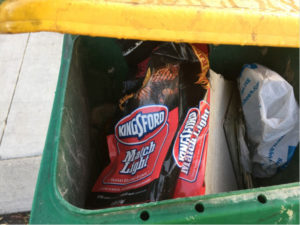


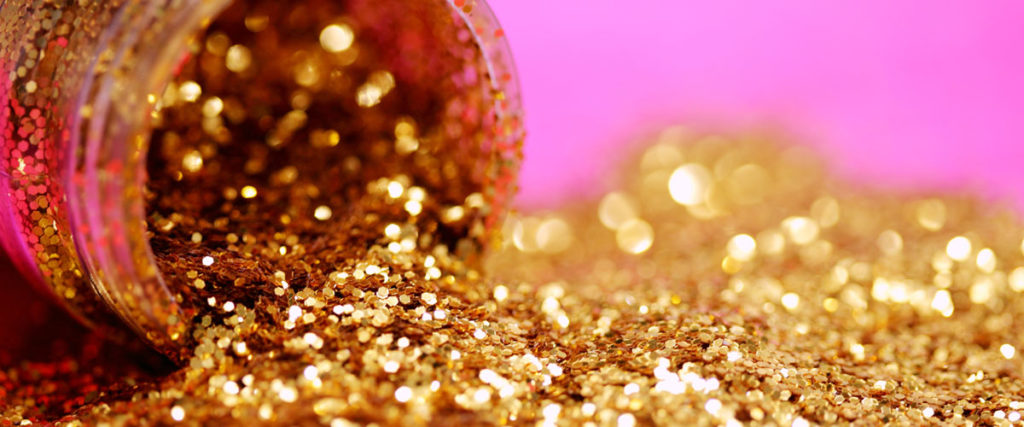

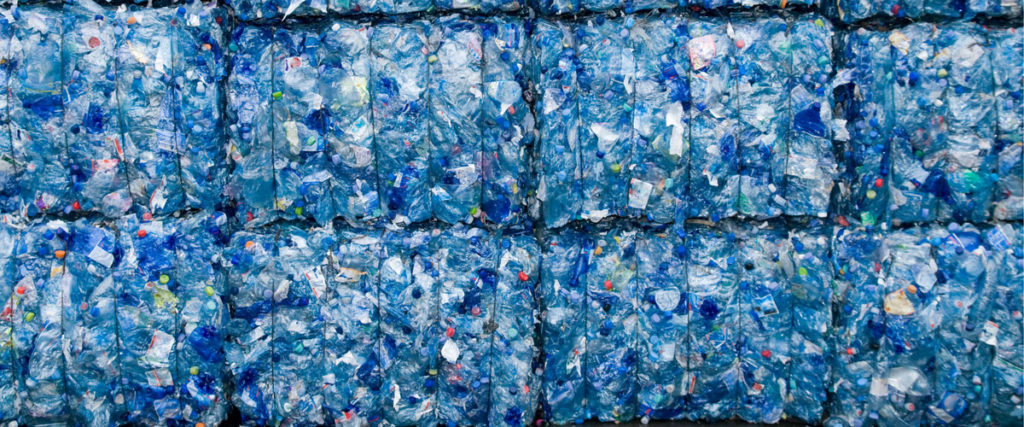

 Commonly found in beverage bottles (bottled water, juice, sports drinks, salad dressing) and other thin plastics, like microwaveable food trays. Polyester fabric can be found in clothing, linens, carpets, padding and insulation.
Commonly found in beverage bottles (bottled water, juice, sports drinks, salad dressing) and other thin plastics, like microwaveable food trays. Polyester fabric can be found in clothing, linens, carpets, padding and insulation. A sturdy, flexible plastic, found in milk cartons, detergent containers and squeezable bottles, and also thinner items such as plastic bags and freezer bags.
A sturdy, flexible plastic, found in milk cartons, detergent containers and squeezable bottles, and also thinner items such as plastic bags and freezer bags. This plastic can be sturdy and thick, found in window cleaning bottles, cooking oil bottles, clear food containers, shower curtains, blinds, flooring, pipes, children’s toys and blister pack/clamshell packaging. It can also be thin, such as crystal/cling wrap and deli meat wrap.
This plastic can be sturdy and thick, found in window cleaning bottles, cooking oil bottles, clear food containers, shower curtains, blinds, flooring, pipes, children’s toys and blister pack/clamshell packaging. It can also be thin, such as crystal/cling wrap and deli meat wrap. Another flexible plastic, often found in plastic bags, squeezable bottles and food storage containers.
Another flexible plastic, often found in plastic bags, squeezable bottles and food storage containers. A thicker plastic, often found in yogurt and margarine tubs, ketchup and syrup bottles, bottle caps, food storage containers, Brita filters, medicine containers, storage bins and diapers/sanitary pads.
A thicker plastic, often found in yogurt and margarine tubs, ketchup and syrup bottles, bottle caps, food storage containers, Brita filters, medicine containers, storage bins and diapers/sanitary pads. Most often we encounter polystyrene in the form of foam products, such as foam plates and cups, to-go containers, packing peanuts and meat trays. Occasionally we see it in higher density plastic items such as CD cases, aspirin bottles and plastic plates.
Most often we encounter polystyrene in the form of foam products, such as foam plates and cups, to-go containers, packing peanuts and meat trays. Occasionally we see it in higher density plastic items such as CD cases, aspirin bottles and plastic plates. This symbol includes any plastic that isn’t plastics #1-#6. Plastic #7 is used for an array of products because it is a catch-all category and includes many resins. Most commonly it is used in reusable water bottles and water jugs.
This symbol includes any plastic that isn’t plastics #1-#6. Plastic #7 is used for an array of products because it is a catch-all category and includes many resins. Most commonly it is used in reusable water bottles and water jugs.